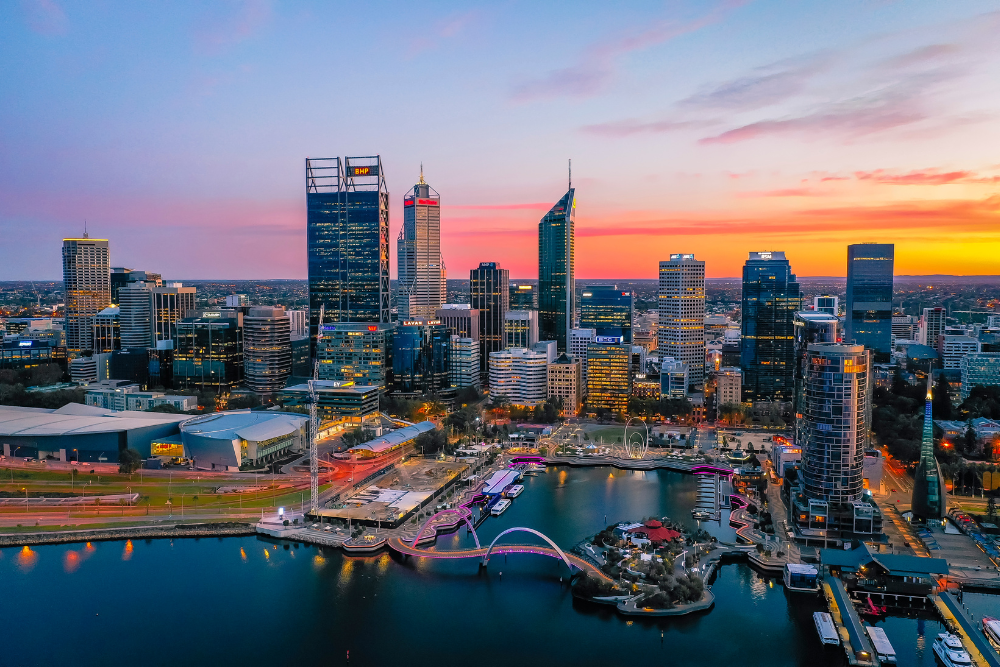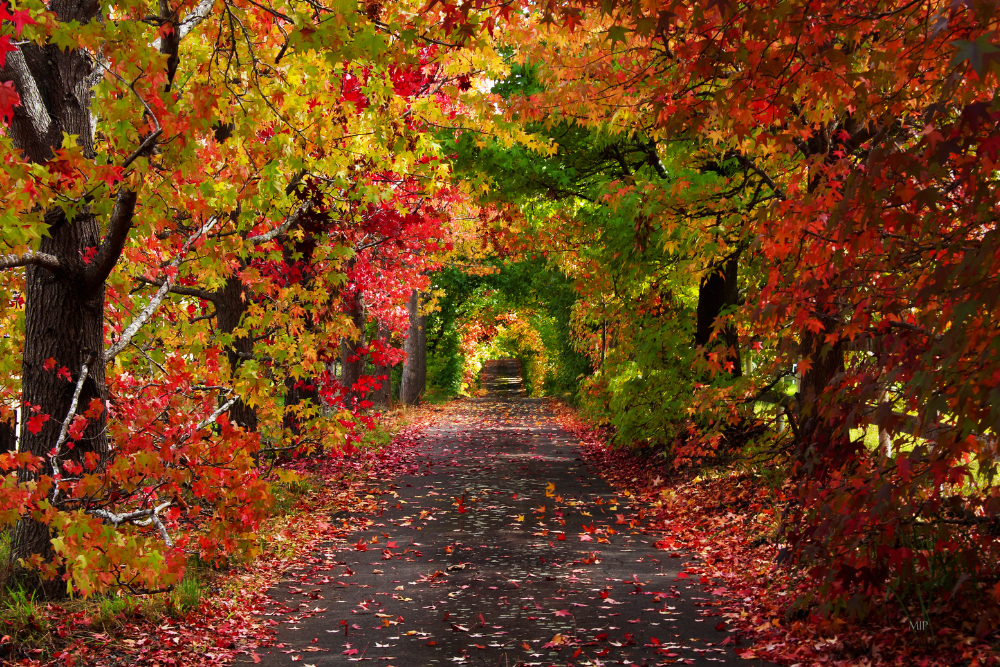Australia, with its diverse landscapes, vibrant cities, and unique wildlife, offers travelers a wealth of experiences throughout the year. However, the best time to visit can vary significantly based on the region and activities you’re interested in. This guide breaks down the best times to visit Australia by season, providing tips for making the most of your trip, regardless of when you go.

1. Understanding Australia’s Seasons
Australia experiences four distinct seasons: summer, autumn, winter, and spring. However, due to its vast size, the climate can vary widely from one region to another. Here’s a quick overview:
- Summer (December to February): Hot and humid in the north, milder in the south.
- Autumn (March to May): Mild temperatures and less humidity, making it a pleasant time to travel.
- Winter (June to August): Cooler temperatures, particularly in the southern regions, with opportunities for winter sports in the Australian Alps.
- Spring (September to November): Warming up, with blooming flowers and wildlife activity.
2. Best Time to Visit by Region
Northern Australia (Cairns, Darwin, and the Great Barrier Reef)
Best Time: May to October
Northern Australia experiences a tropical climate, with a wet season (November to April) that brings heavy rainfall and humidity. The dry season, from May to October, is ideal for visiting, offering sunny days and comfortable temperatures. This is also the best time for diving in the Great Barrier Reef, as visibility is at its peak.
Travel Tips:
- Diving and Snorkeling: Book your reef tours in advance, as this is peak season for tourists.
- Wildlife Viewing: Visit during the dry season to see wildlife more easily, including saltwater crocodiles and exotic birds.

Eastern Australia (Sydney, Brisbane, and the Gold Coast)
Best Time: September to November (Spring) and March to May (Autumn)
Eastern Australia has a temperate climate, with warm summers and mild winters. Spring and autumn are the best times to visit, as the weather is pleasantly warm, and the crowds are thinner than during the summer months.
Travel Tips:
- Sydney: Attend the Sydney Festival in January or Vivid Sydney in May for cultural experiences.
- Gold Coast: Enjoy the beach with fewer crowds in spring and autumn.
Southern Australia (Melbourne, Adelaide, and Tasmania)
Best Time: December to February (Summer) and March to May (Autumn)
Southern Australia experiences cooler winters and warm summers. The summer months are popular for outdoor activities, festivals, and events. Autumn offers stunning foliage and mild temperatures, perfect for exploring the vineyards in regions like the Barossa Valley.
Travel Tips:
- Melbourne: Don’t miss the Australian Open tennis tournament in January.
- Tasmania: Visit during the summer for hiking and exploring national parks.
Western Australia (Perth and Margaret River)
Best Time: September to November (Spring) and March to May (Autumn)
Western Australia enjoys a Mediterranean climate, with hot summers and mild winters. Spring and autumn are ideal for visiting, featuring pleasant temperatures and fewer tourists.
Travel Tips:
- Perth: Explore Kings Park and Botanic Garden during spring for beautiful wildflower displays.
- Margaret River: Visit in autumn for wine festivals and harvest events.

3. Activities by Season
Summer (December to February)
- Beaches and Water Sports: This is the peak season for beach activities. Visit Bondi Beach in Sydney or the Gold Coast for surfing and sunbathing.
- Festivals: Experience vibrant summer festivals like the Sydney Festival and the Woodford Folk Festival in Queensland.
Autumn (March to May)
- Wine Tours: Autumn is harvest season in many wine regions, such as the Barossa Valley and Margaret River. Participate in wine tastings and vineyard tours.
- Wildlife Spotting: Visit national parks to see wildlife during cooler months. Kings Canyon and Uluru in the Northern Territory are excellent for hiking and nature experiences.
Winter (June to August)
- Winter Sports: Head to the Australian Alps for skiing and snowboarding. Resorts like Thredbo and Perisher offer excellent facilities.
- Whale Watching: This is the best time to spot migrating humpback whales along the coast, particularly in Hervey Bay and Albany.
Spring (September to November)
- Wildflower Season: Experience the stunning wildflower bloom in Western Australia, particularly in the Coral Coast region.
- Outdoor Activities: Enjoy hiking in national parks and coastal walks, as temperatures are mild and comfortable.

4. Considerations for Travel
Crowds and Prices
- Peak Season: December to February is peak tourist season, especially around Christmas and New Year. Expect higher prices for flights and accommodations during this time.
- Off-Peak Travel: Traveling during shoulder seasons (March to May and September to November) can lead to better deals on flights and hotels, as well as fewer crowds.
Events and Festivals
- Plan Around Events: Australia hosts numerous events and festivals throughout the year. Research local events that might align with your travel dates to enhance your experience. Some popular events include:
- Melbourne International Comedy Festival (March-April)
- Sydney Mardi Gras (February-March)
- Woodford Folk Festival (December-January)
Local Climate Variations
- Research Specific Regions: The climate can differ significantly across Australia. For instance, while it might be winter in Melbourne, it could be warm and dry in Darwin. Always check the local weather for your specific destinations.

5. Tips for a Smooth Trip
- Pack Accordingly: Based on the season and regions you plan to visit, pack layers for changing weather conditions, especially in autumn and spring.
- Stay Hydrated: In summer, particularly in the northern regions, stay hydrated and wear sunscreen to protect against the strong UV rays.
- Use Public Transport: Major cities like Sydney and Melbourne have excellent public transport systems that make getting around easy and affordable.
Conclusion
Australia is a year-round destination with diverse climates and experiences to suit every traveler. By understanding the seasonal variations and planning your trip around your interests, you can make the most of your visit. Whether you’re exploring the vibrant cities, relaxing on beautiful beaches, or discovering the unique wildlife, there’s no wrong time to experience the wonders of Australia. So, pack your bags, choose your season, and get ready for an unforgettable adventure down under!












